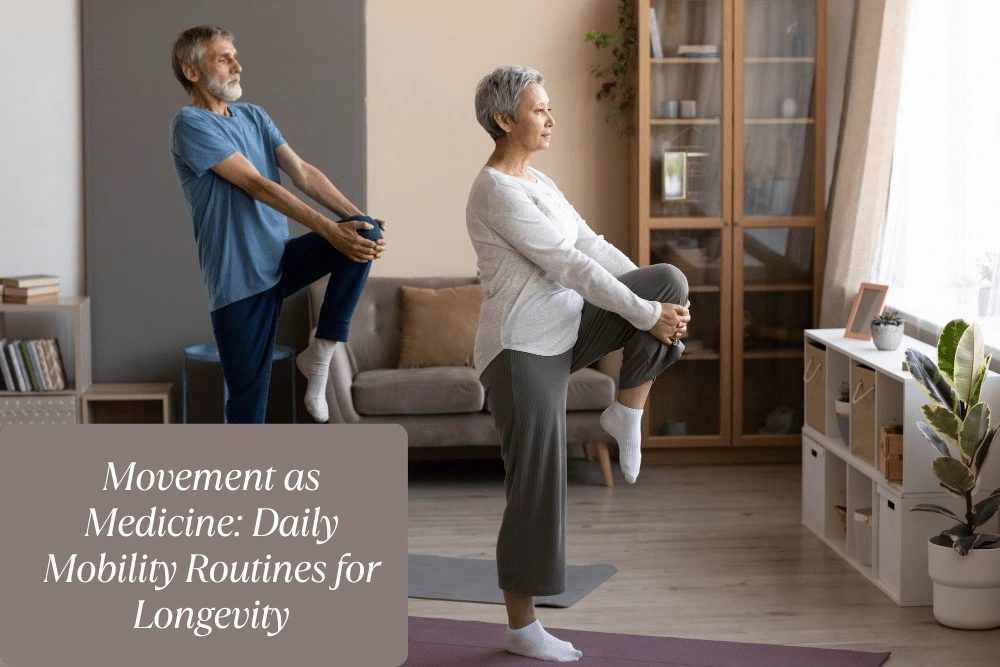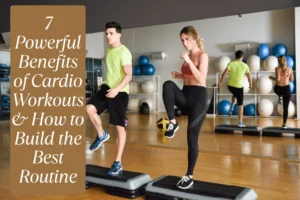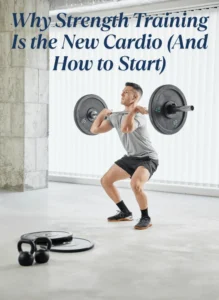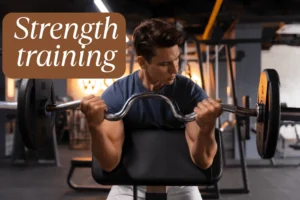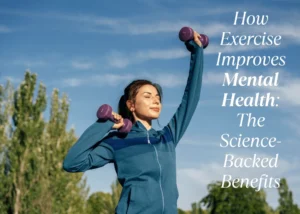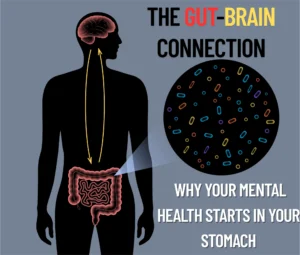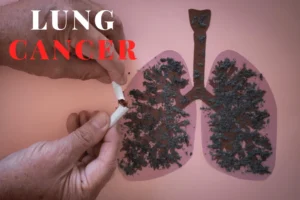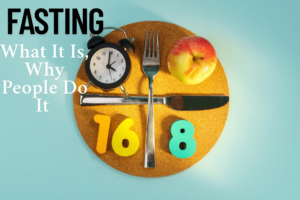Discover how daily mobility routines can improve flexibility, reduce pain, and promote longevity. Learn science-backed movement habits that keep you strong, agile, and resilient for life.
Introduction
When we think of medicine, we often think of pills, prescriptions, and procedures. But one of the most powerful tools for long-term health doesn’t come in a bottle—it comes from your body.
Movement is medicine.
In particular, mobility—the ability to move your joints through their full range of motion with control—is a foundational pillar of healthy aging. It keeps your muscles supple, your joints pain-free, and your body agile well into your later years.
In this post, we’ll explore how daily mobility routines improve quality of life, the science behind it, and practical ways to make movement a daily habit for longevity.
Why Mobility Matters for Longevity
Mobility isn’t the same as flexibility. Flexibility is passive range of motion, while mobility is active control of movement. It’s what helps you:
- Get up off the floor with ease
- Maintain balance and prevent falls
- Walk, bend, twist, and reach without pain
- Stay active and independent as you age
According to the CDC, reduced mobility is one of the strongest predictors of early disability in adults over 50.
And the good news? You don’t need intense workouts to reap the benefits—gentle, daily mobility work is often more sustainable and effective long term.
Benefits of Daily Mobility Routines
- Joint longevity: Lubricates joints and reduces stiffness
- Muscle function: Improves neuromuscular control and strength
- Brain health: Supports cognitive function through movement-mind connection
- Stress relief: Eases tension and activates the parasympathetic nervous system
- Aging gracefully: Maintains independence and functional movement as you grow older
Daily Mobility Routine for Longevity (15–20 Minutes)
Try this simple, full-body sequence you can do every morning or evening—no equipment needed.
1. Controlled Neck Circles (1–2 min)
Gently rotate the neck in slow circles to release tension and improve cervical mobility.
2. Shoulder Rolls + Arm Swings (2 min)
Loosens the shoulders and upper back, great for posture and circulation.
3. Cat-Cow Stretch (2 min)
On hands and knees, alternate between arching and rounding the spine. Improves spinal flexibility and breath coordination.
4. Hip Circles / 90-90 Transitions (3–4 min)
Mobilizes hips through internal and external rotation. Crucial for walking, sitting, and squatting.
5. Deep Squat Hold (2–3 min)
Sit in a supported squat to open hips, stretch lower back, and decompress the spine. Use a wall or hold onto something for balance.
6. Forward Fold + Hamstring Sweeps (2–3 min)
Loosens hamstrings and calves, reduces low back stiffness.
7. Ankle Rocks (1–2 min)
Rock forward and back while standing or in a lunge position to mobilize the ankles and improve gait.
8. Diaphragmatic Breathing (3–5 min)
Lie on your back or sit tall. Inhale deeply into your belly, exhale slowly. Calms the nervous system and improves mobility by reducing muscle tension.
Longevity Tips: How to Stay Consistent
- Keep it simple: Start with just 5 minutes a day
- Pair with a habit: Do it after brushing teeth, before coffee, or while watching TV
- Use reminders: Set a daily phone alarm or use a habit tracker
- Be mindful: Tune into your breath and movement—treat it as meditation in motion
Consistency, not intensity, is what promotes long-term change.
Real-World Impact: What the Science Says
- A 2022 study in Frontiers in Aging Neuroscience found that regular low-intensity mobility work improved balance, memory, and cognitive flexibility in older adults.
- Joint mobility training has been linked to reduced injury risk, better posture, and enhanced athletic performance—even in non-athletes.
Movement nourishes both body and brain.
Final Thoughts
Aging is inevitable. But losing your ability to move well isn’t.
By committing to just a few minutes of daily mobility work, you can improve joint health, reduce pain, and extend your functional lifespan. Think of it as investing in your future body—a small daily deposit that pays dividends for decades.
Let movement be your medicine. And let every stretch, squat, and breath be a step toward a longer, healthier life.
